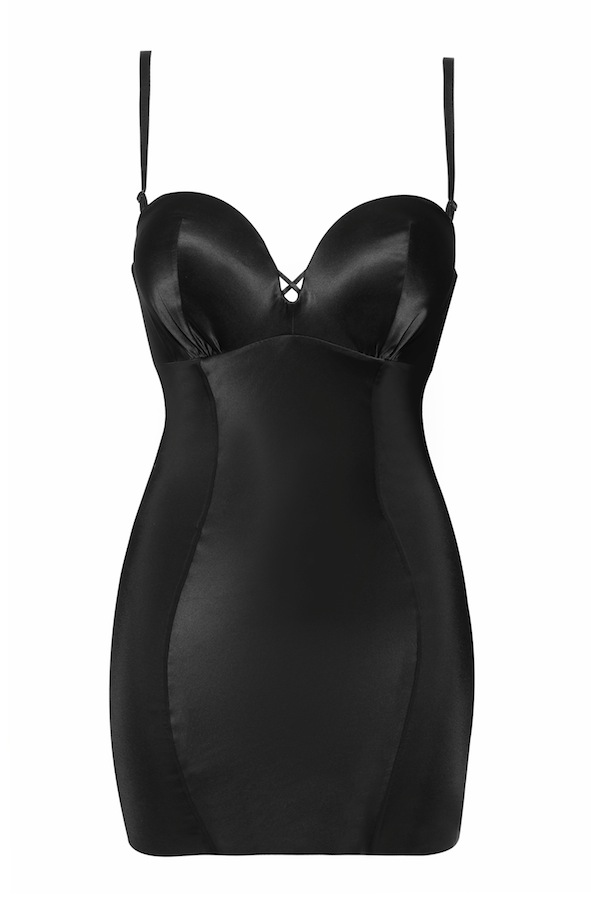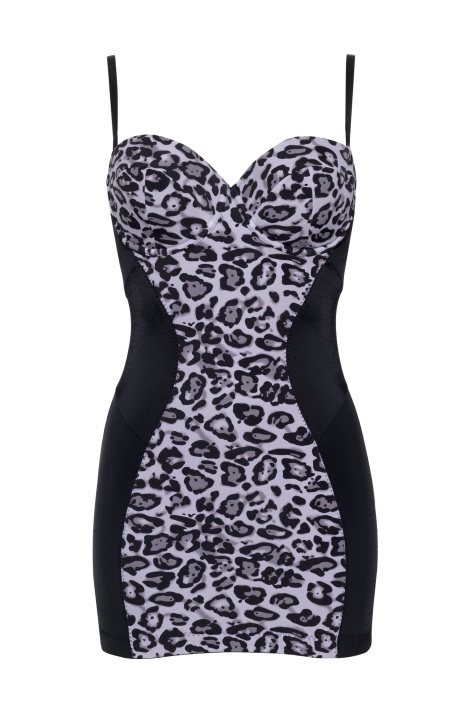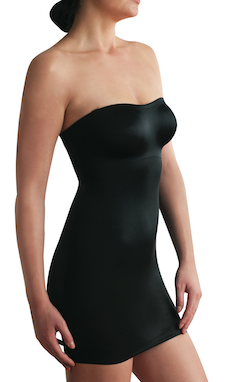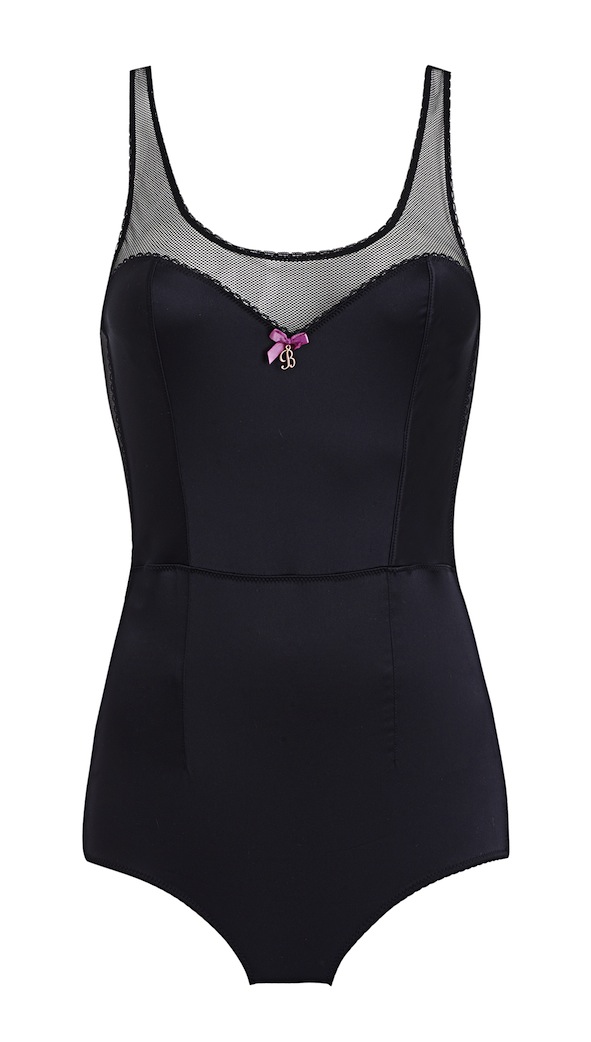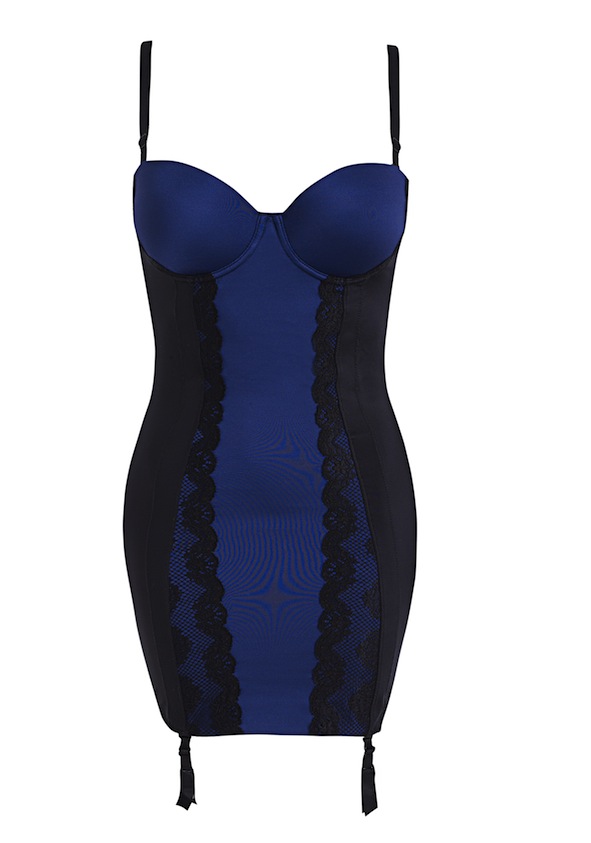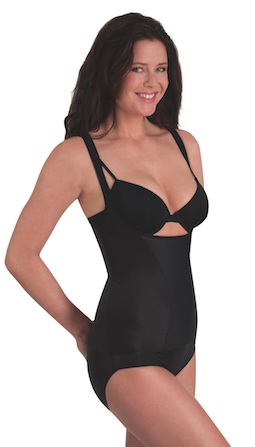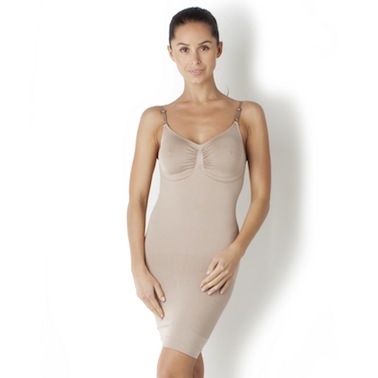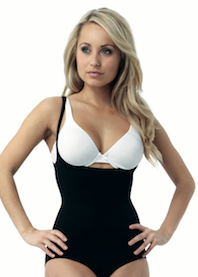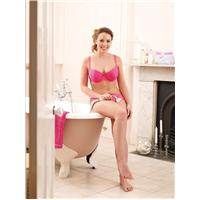London: Women could be damaging their breasts without realising it, according to scientists at the University of Portsmouth.
As well as discovering that some women’s breasts could be damaged and fragile ligaments irreparably stretched by wearing the wrong bras, scientists in the Department of Sports Science have also found that women could be damaging their breasts through ignorance or embarrassment.
The University’s research team has tested about 50 bra designs on hundreds of women over the past three years under the leadership of Dr Joanna Scurr, a breast biomechanics expert. Her research proves that breasts move up to 21cm during exercise and they move up and down, in and out and from side to side. Most bras are designed to limit just vertical movement.
Wendy Hedger, a researcher on Dr Scurr’s team, said: “Many women have strong preferences for certain styles of bra and won’t buy anything else. They won’t even look at anything that doesn’t look like the sort of bra they are used to wearing. In sports bras, for example, many women won’t buy a bra that resembles their everyday bra and does up at the back — they think if it can’t be pulled over their heads like a crop top then it’s not a real sports bra. But this is not true and many sports bras do up at the back in the same way as a traditional bra and do a very good job of supporting women.
“And some women cause breast pain or discomfort by not buying the right sized bra. There’s a social stigma about certain sizes; many women don’t want to be seen as too small or too big and buy a bra that doesn’t fit well in order to be what they consider to be a normal size.
“Many other women are unaware that they are wearing a badly fitting bra or unknowingly wear the wrong bra size because they are routinely being sold ill-fitting bras.
“Some women forget that their shape and size change and they might have to go through several changes in bra size over their lifetime especially after breastfeeding and the menopause.”
The breast biomechanics research team started testing bras and the movement of women’s breasts more than three years ago. They have also helped design a new sports bar for women who play high-impact sports. Dr Scurr agreed to help a New Zealand bra manufacturer give their existing high-impact bra a major overhaul and the new bra goes on sale in Europe this summer.
Miss Hedger said: “They came to us because they knew their bra protected women in high-impact sports but they weren’t sure it supported women well enough. The tests incIuded measuring precisely how much breasts moved in all three directions, as well as more subjective tests about how women felt about the fit, the shape, the strap design and the underband and so on.
“We are really excited about seeing it. It’s the first chance we have had to be involved in the design process of a new bra, though we have tested many over the past few years. We started breast biomechanics research just testing bras but we want to do more research that benefits women.”
